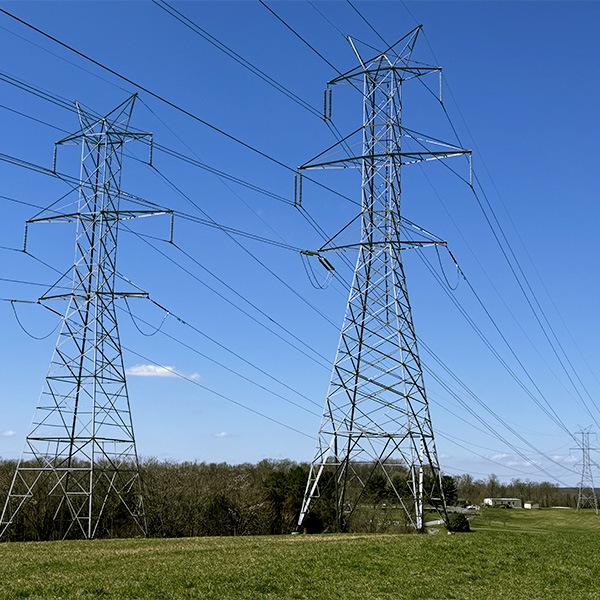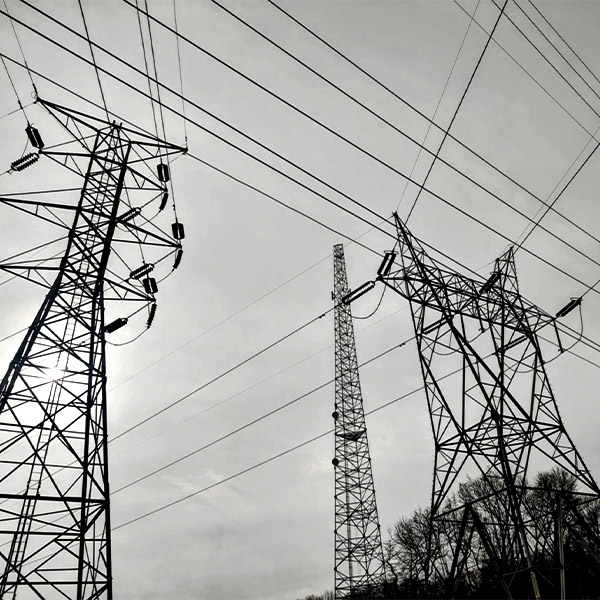NYISO Installed Capacity/Market Issues Working Group (ICAP-MIWG)
The NYISO Market Monitoring Unit told the Installed Capacity Working Group that more data is necessary to verify the need for out-of-market actions on the part of transmission owners for reliability.
Discussion about potential changes to the NYISO demand curve reset process dominated a recent Installed Capacity Working Group meeting and will likely take up more oxygen in stakeholder meetings throughout the coming year.
NYISO presented the results of Phase 1 of the 2024 Cluster Study process at a special Operating Committee meeting.
NYISO’s consumer impact analysis for the Winter Reliability Capacity Enhancements project found that under the scenarios it considered, installed capacity procurement costs would drop by 15 to 45% depending on locality
As NYISO continues its Capacity Market Structure Review, the Market Monitoring Unit used its second-quarter State of the Market report to highlight potential issues with how the ISO forecasts resource availability.
NYISO has proposed to stop using “winter to summer” and “summer to winter” ratios to determine maximum clearing and reference point prices in its seasonal demand curves.
Stakeholders requested the NYISO Market Monitoring Unit provide an explanation of the difficulties in obtaining data from the ISO and market participants on supplemental commitments after it presented its State of the Market report for the first quarter.
NYISO told stakeholders it was no longer considering seasonal capacity accreditation factors because it found they would disincentivize participation in the capacity market.
NYISO provided a glimpse into the possible capacity accreditation factors for gas generator units that have not guaranteed a supply of fuel for the winter capability period.
NYISO is proposing changes to certain capacity market parameters to accommodate the Champlain Hudson Power Express transmission project, as well as facilitate the new entry of resources.
Want more? Advanced Search










